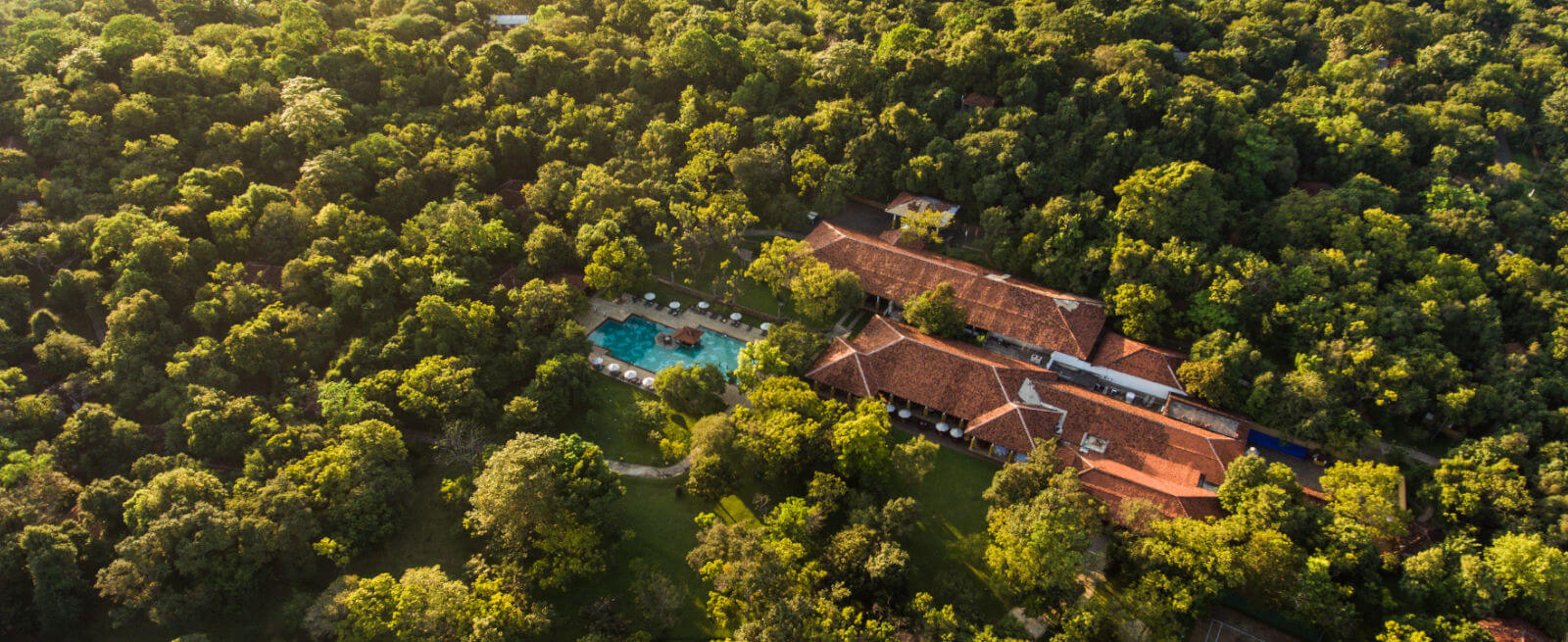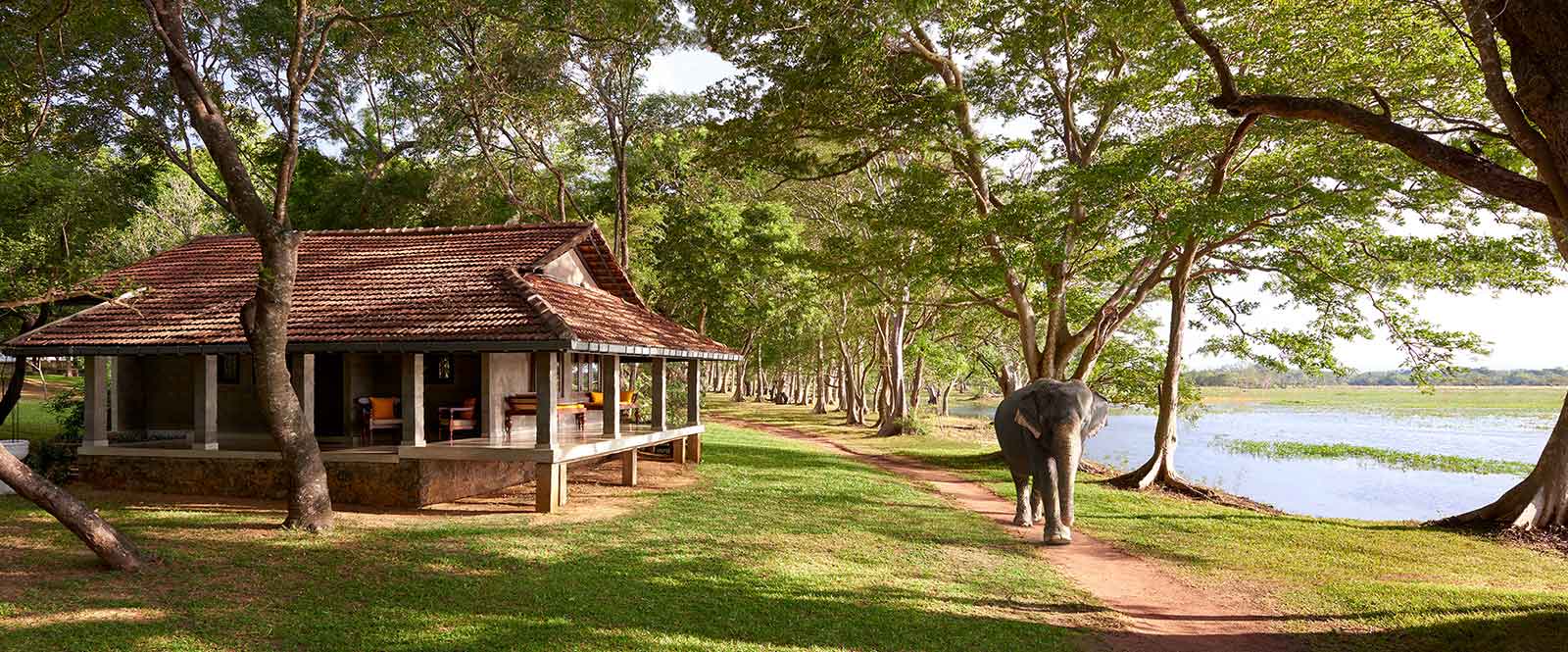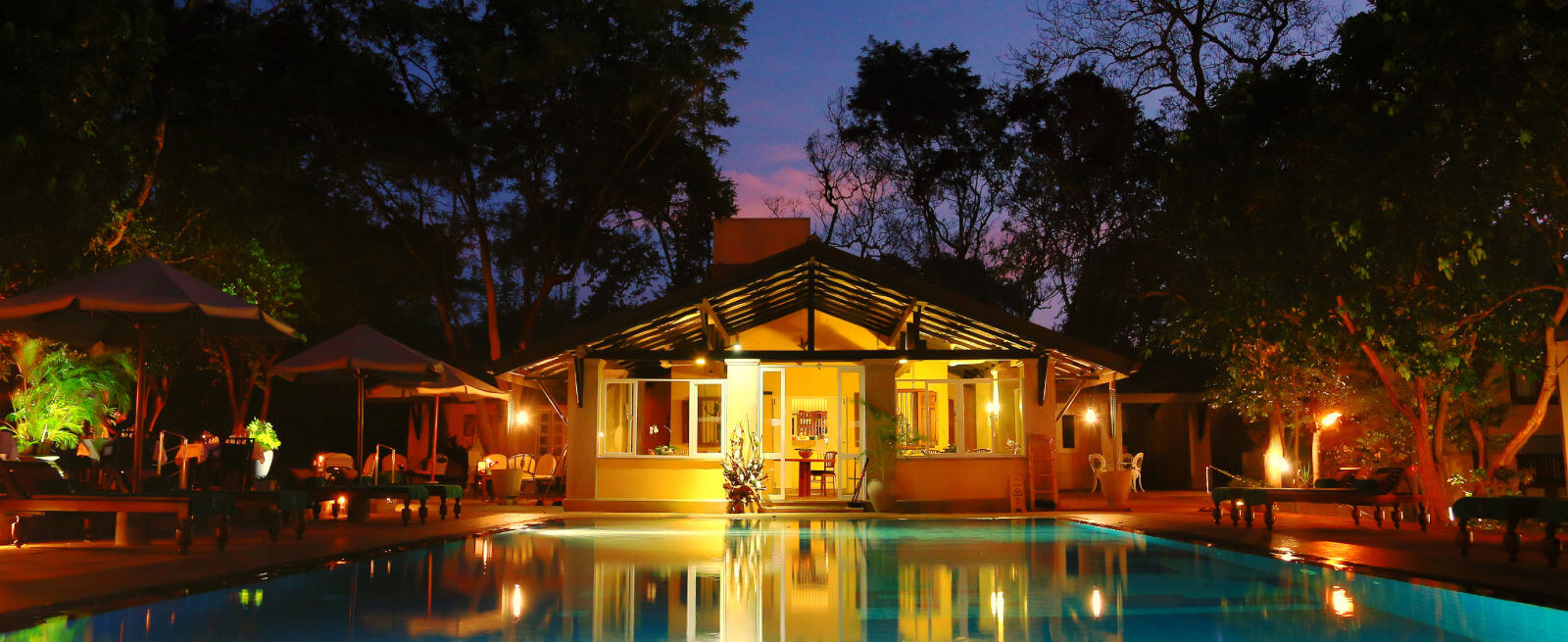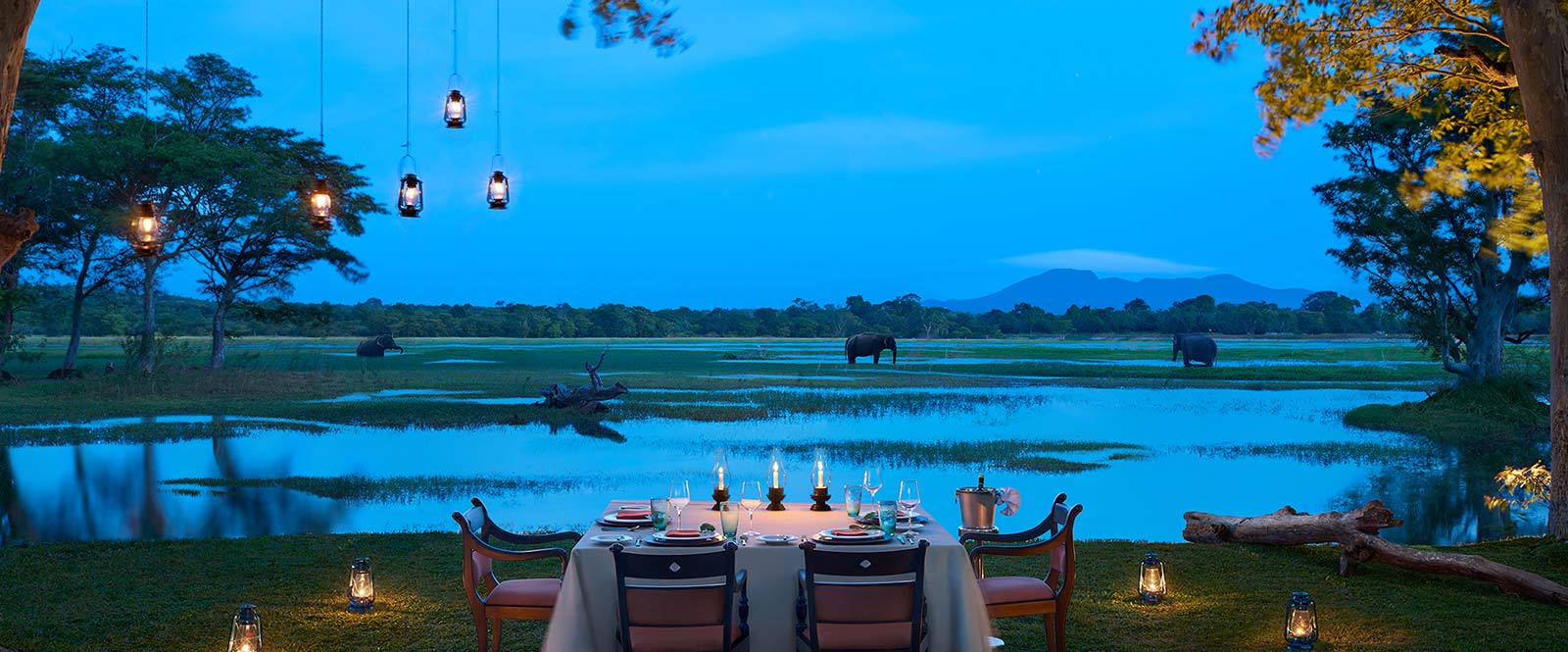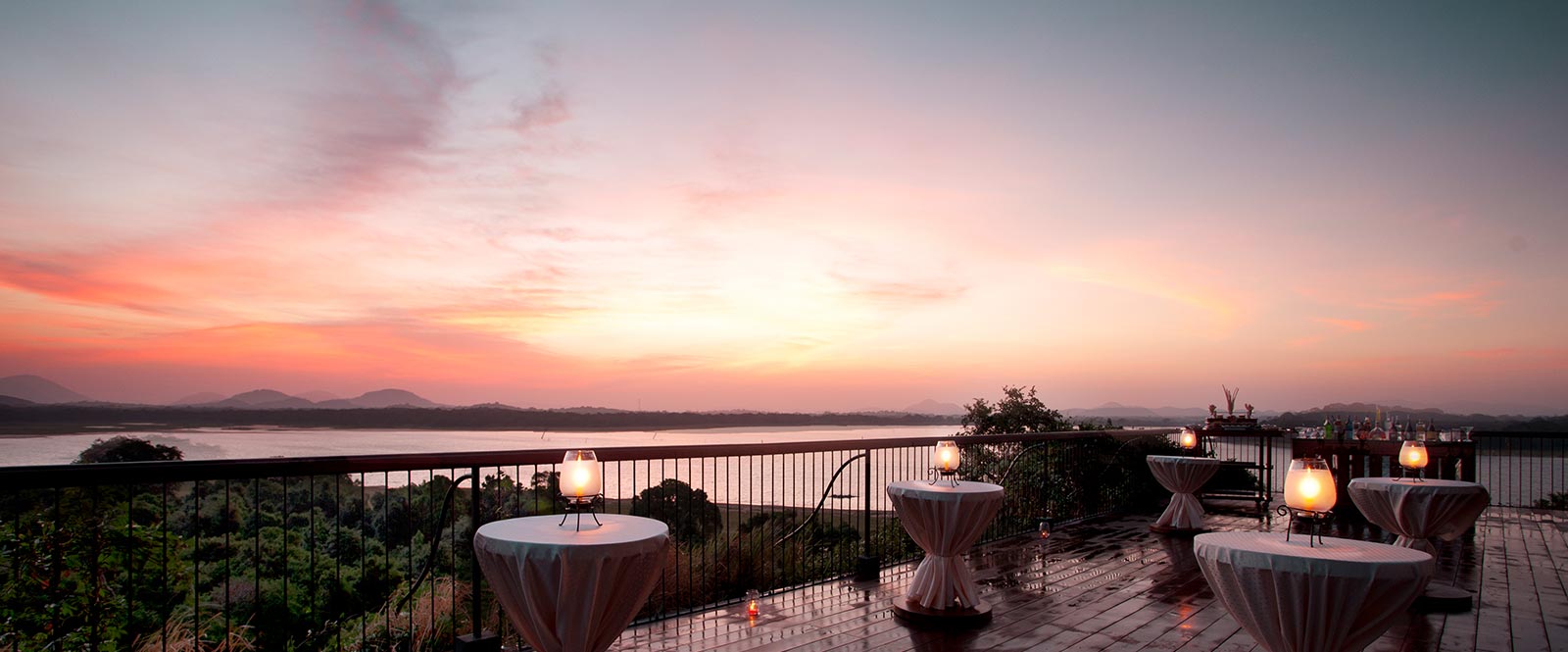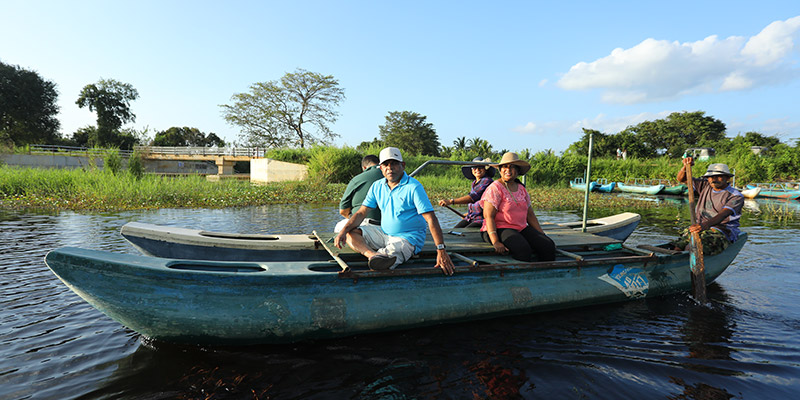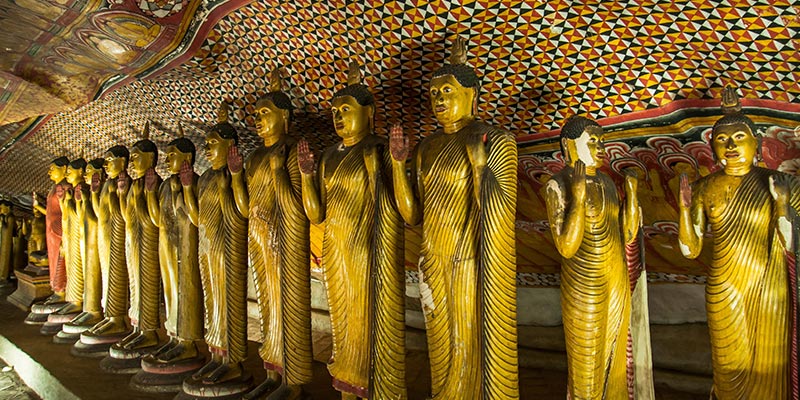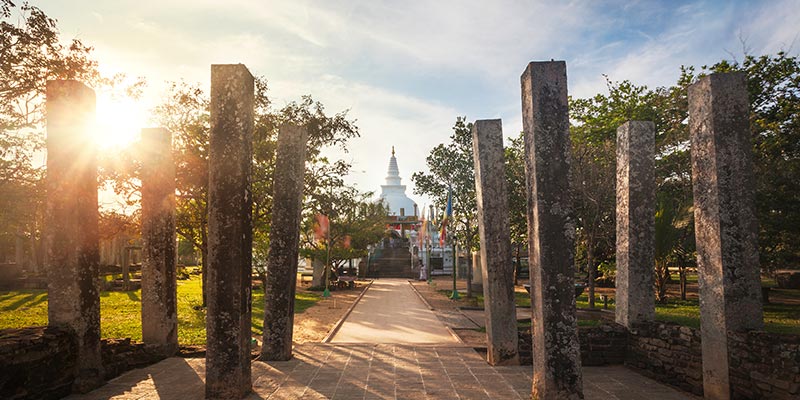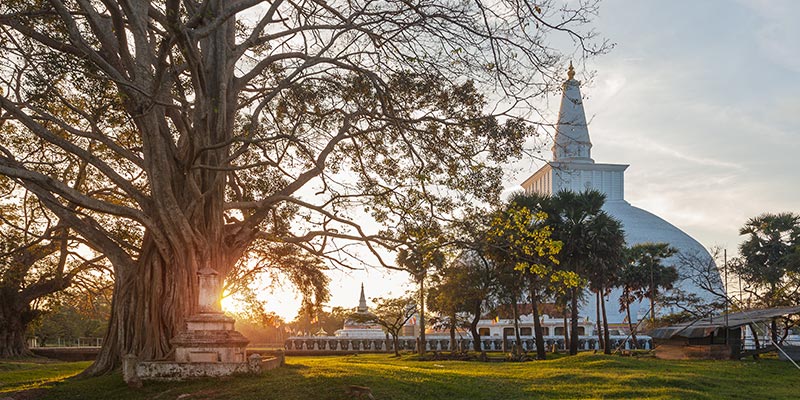The firm demise of the Anuradhapura Kingdom paved the way for the rise of the Polonnaruwa Kingdom. After the invasion of the Chola, the weak kingdom of Anuradhapura was completely destroyed. As a result, the emerging heir to the throne, King Vijayabahu who gained victory against the usurpers could not choose Anuradhapura as his headquarters. Then Polonarruwa became the capital of the succeeding empire.
Another vital reason for King Vijayabahu to select Polonnaruwa as the centre is due to the fact that Polonnaruwa had been developed by the Kings of Anuradhapura. Consequently, following the reign of King Vijayabahu, most of the rulers took initiative to enhance region.
In contrast to the preceding kingdom, Polonnaruwa experienced more squabbles between reigning houses. There are a few leaders of this era who are exceptional and have made the heritage of Polonnaruwa richer.
King Vijayabahu the first King of the Polonnaruwa kingdom saved the people of Raja Rata from complete devastation after waging a 17-yearlong campaign. During this long tenure King Vijayabahu had to settle a few civil wars before freeing the country from its invaders. King Vijayabahu to secure his reign focused on foreign policy. To secure his ties with the Kalingas of India he married a Kalinga princess named Theelokasundari. To re-establish Buddhism in the country he corresponded with Burmese King at that time, and received ordained monks to restore Buddhism. He reconstructed numerous tanks and irrigation systems that were damaged.
Another king revered for his reign is King Parakramabahu I. At the beginning of his reign King Parakramabahu had to face several civil wars to gain control of the country. Considered be one of the most powerful rulers of this period, King Parakramabahu constructed the city in to a functioning metropolis. He built numerous tanks, rehabilitated the waning Buddhist faith, guarded the country by reorganising its defences and more. More importantly, King Parakramabahu is the only monarch in the history of Sri Lanka to undertake foreign military campaigns.
Subsequent to King Parakramabahu I, the succeeding kings were weak and the slow demise of the kingdom arose. The kingdom weakened with internal conflict was completely devastated by the invasion of Kalinga Maga, who sacked the city and annihilated it.
Attractions in Polonnaruwa
The artistry of this period displays a variety of influences including South Indian and Mahayana. Most of the vestiges of the period were remnants of King Nishshankamalla’s rule.
Gal Vihara
Constructed during the great Prakrabahu 1 period, Gal Vihara consists of granite. The vicinity showcases the various forms of Lord Buddha – reclining, standing, seated is a treat for travellers. As a step to purify the tainted Buddhist clergy, a code of conduct in inscription can be viewed as well.
Vatadage
The structure was developed both in King Parakramabahu’s and King Nishankamalla’s era. The Vatadage functions as a protective wall for the stupa inside. A remarkable feature is the intricately designed Moonstone or Sankada Pahana.
Statue of King Parakramabahu I
Venerated as one of the greatest rulers of local history, King Parakrabahu I was referred to as Maha Parakramabahu or Parakramabahu the Great. As a symbol of his magnificence a statute was erected during his rule. To this date it is perhaps the best-preserved statue of a king from ancient times.
Kumara Pokuna
Kumara Pokuna is the Royal Bath attached to the palace of King Parakramabahu I. Finished with underwater ducts supplying water from an adjacent canal, it boasts of advance hydrological technology. The bath is complete with stone sculptures and inscriptions.
Medirigiri Vatadage
A prime example of the kings of Anuradhapura developing the city of Polonnaruwa, the Medigiri Vatadage was built during the Anuradhapura era. Fascinating the international traveller, the Vatadage houses a reclining Lord Buddha Statue over 40 ft. in length.
